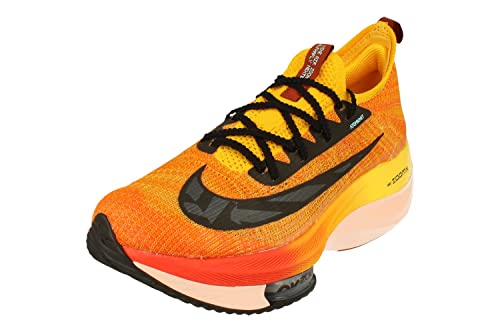Can a $500 Shoe Make You a Faster Runner? The Science Behind Supershoes
In the fiercely competitive world of marathon running, the spotlight isn’t just on the athletes anymore; it’s also on what’s on their feet.
In September 2023, Tigst Assefa of Ethiopia shattered the world record at the Berlin Marathon (2 hours 11 minutes and 53 seconds), wearing Adidas’ Adizero Adios Pro Evo 1.
This wasn’t just a victory for Assefa but a milestone for Adidas in the marathon shoe technology race—a race that’s heating up with every stride.
The Rise of the Supershoe

The battle over the best marathon shoe began in earnest at the 2016 Olympics, where athletes in Nike’s Vaporfly prototypes stood out.
These shoes, with their carbon fiber plates, offered a tangible performance boost, sparking a technological arms race in footwear.
Studies, including one by The New York Times, confirmed that runners in Vaporflys had a 4 to 5 percent speed advantage over those in standard shoes, cementing the idea that to compete at the highest levels, the right shoes were not just helpful—they were essential.
The Controversy and Regulations
Eliud Kipchoge’s sub-2 hour marathon in 2019, achieved in Nike’s Alphafly Next% sneakers, brought this debate to a boiling point.

Nike Air Zoom Alphafly Next% FK Mens Running Trainers DO2407 Sneakers Shoes…
- Running shoes
- Innovative technologies
See at Amazon
Critics argued that such technological aids threatened the integrity of marathon racing, leading to new regulations by the World Athletics governance board. However, these regulations did little to slow the pace of innovation, merely setting the stage for further advancements by Nike and its competitors.
The Supershoe Arms Race Intensifies
As Adidas and On Running have entered the fray with their own advanced marathon shoes, the focus has shifted from the runners to the rivalry among shoe brands.
Each new model, such as the Adios Pro Evo 1 or On Running’s Cloudboom Echo 3, brings with it the promise of even greater efficiency and performance, turning modern marathons into a duel of technology as much as a test of human endurance.
The Dilemma for Amateur Runners
With the Adidas Adios Pro Evo 1 retailing at $500 and designed for a single race, the question arises: are these supershoes worth it for those who run for passion rather than profession?
For many amateur runners, the cost is steep, yet the allure of potentially improved performance is tempting.
Jeva Lange, a New York–based runner, echoes a sentiment felt by many: curiosity about the impact of such shoes on one’s own race times, despite the high price tag.
The Future of Running and Technology
As shoe technology continues to advance, it prompts reflection on the future of running.
Will there come a point where the efficiency of the shoes eclipses the skill of the athlete?
Concerns arise that marathon running could devolve into a contest between shoe companies rather than a pure test of athletic prowess.
The situation mirrors the ban of super-suits in swimming—a precedent that suggests limits might one day be placed on marathon shoe technology as well.




